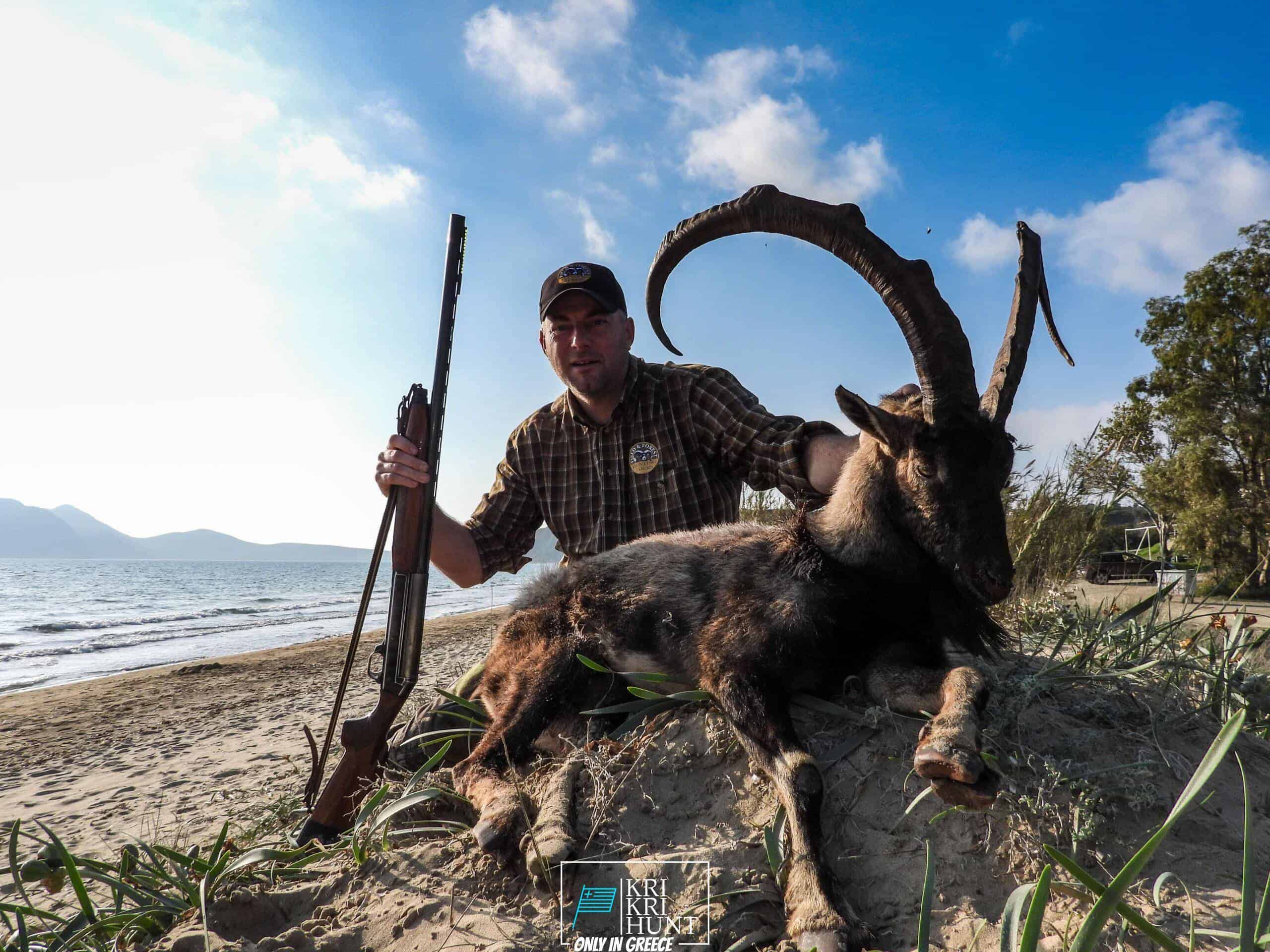Exciting outside adventure with searching and cost-free diving in Greece
Exciting outside adventure with searching and cost-free diving in Greece
Blog Article

To many individuals, The Peloponnese peninsula on the Greek Mainland is the 'actual' Greece, where things have actually not altered much in any way over the centuries although that lots of people have uncovered it. Look no even more than the Peloponnese if you are looking for an authentic Greek exterior experience! Right here you can diving and also searching on exotic islands and also visiting at the same time.

Hunting the kri kri ibex in Greece is an uphill struggle for both regional and international hunters. Hunting large game in Greece is restricted for international hunters, apart from wild boars as well as roe deer, which might just be pursued in safeguarded searching areas. The kri kri ibex, a rare goat types native to Greece, may be hunted on 2 separate islands 140 miles east of Athens and 210 miles west of Athens. On these pursues, kri kri ibex and also mouflon may just be pursued in the morning and early afternoon, according to Greek regulation. Only shotguns are permitted, and just slugs may be used. You must reserve at least a year in development if you desire to go on one of these expeditions. The licenses are supplied by the Greek Ministry of Nature and Agriculture and are released by the federal government. Just severe seekers might participate in these pursues, so the licenses are restricted by the federal government.
On our Peloponnese trips, you'll get to experience all that this remarkable region needs to provide. We'll take you on a trip of a few of the most historic and also lovely sites in all of Greece, consisting of ancient ruins, castles, as well as much more. You'll additionally get to experience several of the traditional Greek society firsthand by delighting in some of the tasty food and also white wine that the region is known for. And also obviously, no trip to Peloponnese would be complete without a dip in the gleaming Mediterranean Sea! Whether you're an experienced seeker trying to find a new tourist or a brand-new journey just aiming to discover Greece's magnificent landscape, our Peloponnese tours are perfect for you. So what are you awaiting? Book your trip today!
If you're searching for an authentic Greek experience, then look no more than our outside hunting in Greece with fishing, as well as totally free diving trips of Peloponnese. This is a remarkable means to see whatever that this outstanding region has to offer. Schedule your scenic tour today!
What is the diference between Kri Kri ibex, Bezoar ibex and hybrid ibex
The kri-kri is not thought to be indigenous to Crete, most likely having been imported to the island during the time of the Minoan civilization. Nevertheless, it is found nowhere else and is therefore endemic to Crete. It was common throughout the Aegean but the peaks of the 8,000 ft (2,400 m) White Mountains of Western Crete are their last strongholds–particularly a series of almost vertical 3,000 ft (900 m) cliffs called ‘the Untrodden’—at the head of the Samaria Gorge. This mountain range, which hosts another 14 endemic animal species, is protected as a UNESCO Biosphere Reserve. In total, their range extends to the White Mountains, the Samaria National Forest and the islets of Dia, Thodorou, and Agii Pandes.
This Ibex is NOT a diminutive form of the Bezoar Ibex, which has migrated into the western-most reach of the range of this species. The kri – kri (Capra aegagrus cretica), sometimes called the Cretan goat, Agrimi, or Cretan Ibex, is a feral goat inhabiting the Eastern Mediterranean, previously considered a subspecies of wild goat. The kri-kri has a light brownish coat with a darker band around its neck. It has two horns that sweep back from the head. In the wild they are shy and avoid tourists, resting during the day. The animal can leap some distance or climb seemingly sheer cliffs.
“The agrimi goat Capra aegagrus cretica is unique to Crete and its offshore islands. It has been identi®ed as a sub-species of the wild bezoar goat Capra aegagrus aegagrus Erxleben, 1777, which it closely resembles in horn shape, body form and coloration. This classi®cation has been disputed by some researchers who claim that the agrimi are feral goats, derived from early domestic stock brought to the island by the ®rst Neolithic settlers. In order to clarify this issue, DNA analyses (cytochrome b and D loop sequences) were carried out on tissue of live and skeletonized agrimi and compared to sequences of wild and domestic caprines. Results conclusively show the agrimi to be a feral animal, that clades with domestic goats (Capra hircus) rather than with wild Asiatic bezoar. This study demonstrates that morphometric criteria do not necessarily re¯ect genetic af®nities, and that the taxonomic classi®cation of agrimi should be revised.”
Report this page